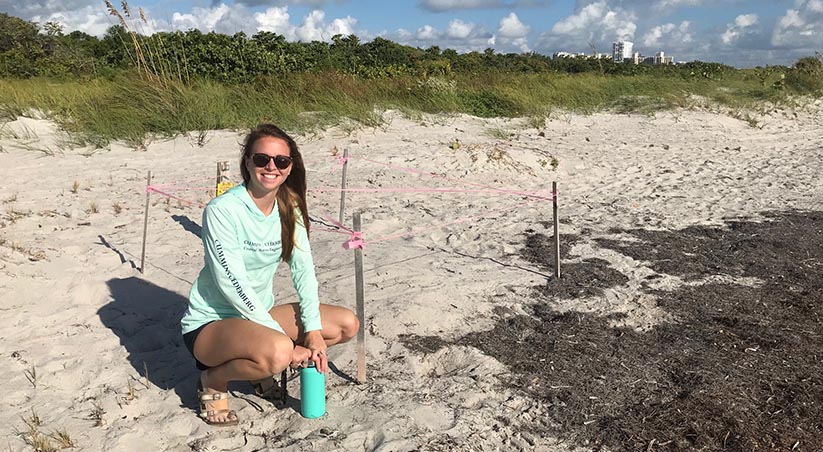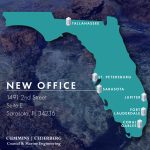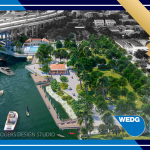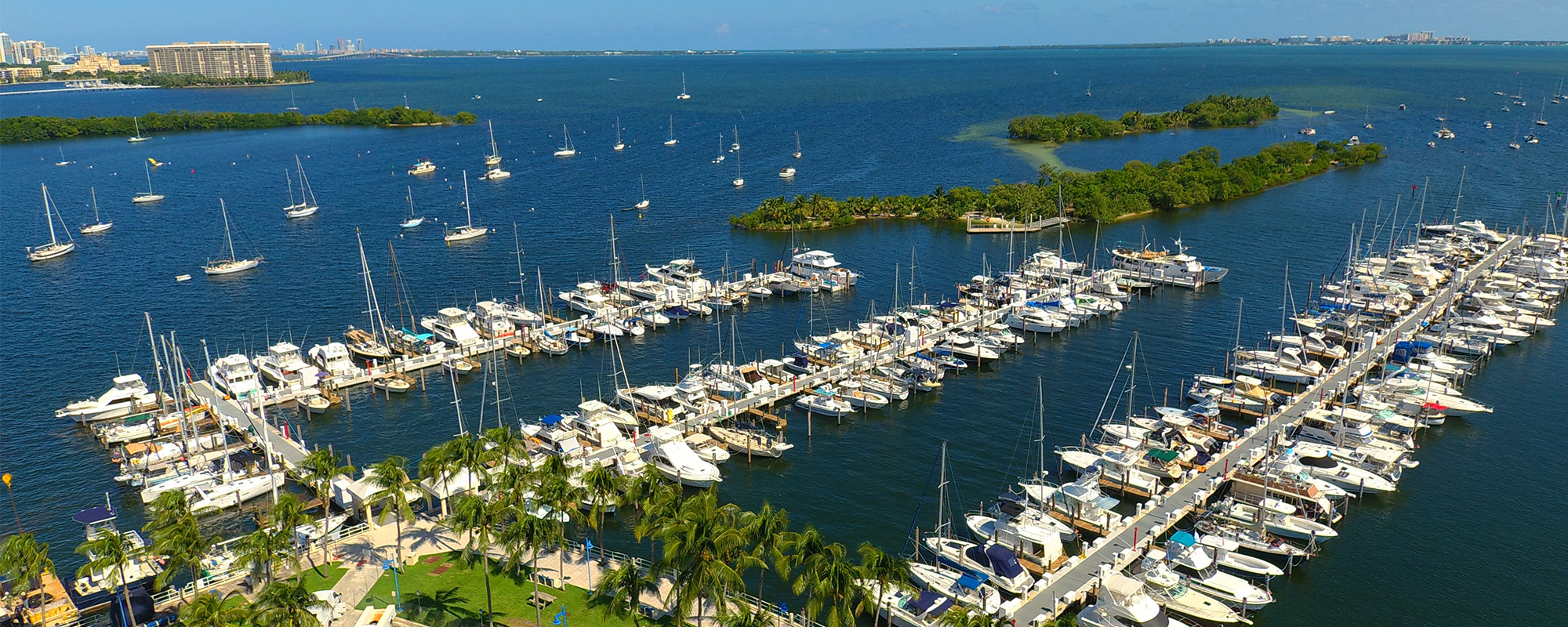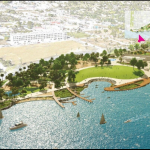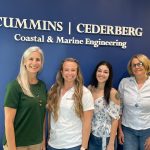Five species of sea turtle, loggerhead (Caretta caretta), green turtle (Chelonia mydas), leatherback (Dermochelys coriacea), Kemp’s ridley (Lepidochelys kempi), and hawksbill (Eretmochelys imbricata), are known to frequent the coastal waters surrounding South Florida. If you’re lucky, you may have spotted one pop to the surface for a few quick breaths of air before heading back underwater, or maybe you’ve seen one peacefully coasting over a coral reef while snorkeling. During summer months every year, beginning as early as March in Florida, many female turtles will climb the sandy beaches of Florida’s coastline in the cover of night and dig a nest to lay new egg clutches. In fact, nearly 90% of sea turtle nesting in the United States occurs in Florida! After about two months of incubation in the sand, little turtle hatchings (about a hundred per nest) begin to emerge from their nest cavity and make their way back to the big ocean, guided by the moonlight.

Marine Biologist, Rebecah Delp, with the Cummins Cederberg adopted sea turtle nest
If you didn’t know, aside from natural threats like nest inundation and predation, sea turtles are facing many unnatural threats in the Atlantic including artificial lighting, pollution and marine debris, habitat encroachment and destruction, boating accidents, and entanglement in fishing gear. This past summer, in hopes of giving the next turtle generation its greatest chance at survival by helping to protect their nesting habitat, Cummins Cederberg proudly sponsored a sea turtle nest at Bill Baggs Cape Florida State Park on Key Biscayne through the Friends of Cape Florida’s Adopt-a-Nest program, and became adoptive parents to 100 or so baby loggerheads! Proceeds from our donation helps support the ongoing sea turtle conservation programs at Bill Baggs Cape Florida State Park.
Part of these efforts include monitoring and protecting sea turtle nests up and down the coasts of Florida. Beach patrollers walk the beach every morning at the crack of dawn in the summer to identify, mark, and protect sea turtle nests laid the night before. If you see markings and signage like those in the photos below, you know there’s a nest buried right below the surface.
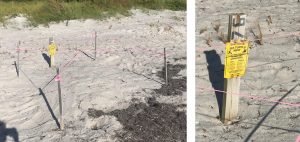
Signage that identifies sea turtle nests on the beach
These signs let beach goers know not to disturb this area. Some may have protective mesh over top to deter predators like foxes and racoons if they are common in the area. The Park’s beach patrollers monitor the nests until they hatch and then excavate the nests to see how many hatchings were in each nest so that they can contribute the data to the overall hatching census for the 2019 nesting season. We anxiously await to hear how many baby loggerheads were growing in our nest all summer long!
Aside from contributing to conservation efforts, Cummins Cederberg strives to ensure that turtle-friendly lighting is utilized, and Sea Turtle Construction Conditions are adhered to during construction projects that we design and permit. Sea turtles have been around for over 200 million years and we would like them to stick around for much longer!
To learn more about Friends of Cape Florida and Bill Baggs State Park, visit friendsofcapeflorida.org
